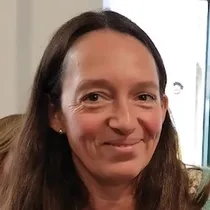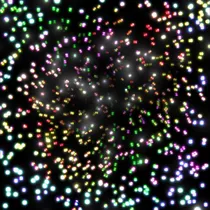- Home >
- Publications >
- Expanding heterochromatin reveals discrete subtelomeric domains delimited by chromatin landscape transitions
Expanding heterochromatin reveals discrete subtelomeric domains delimited by chromatin landscape transitions
Authors
Antoine Hocher, Myriam Ruault, Petra Kaferle, Marc Descrimes, Mickaël Garnier, Antonin Morillon, Angela Taddei
Abstract
The eukaryotic genome is divided into chromosomal domains of heterochromatin and euchromatin. Transcriptionally silent heterochromatin is found at subtelomeric regions, leading to the telomeric position effect (TPE) in yeast, fly, and human. Heterochromatin generally initiates and spreads from defined loci, and diverse mechanisms prevent the ectopic spread of heterochromatin into euchromatin. Here, we overexpressed the silencing factor Sir3 at varying levels in yeast and found that Sir3 spreads into extended silent domains (ESDs), eventually reaching saturation at subtelomeres. We observed the spread of Sir3 into subtelomeric domains associated with specific histone marks in wild-type cells, and stopping at zones of histone mark transitions including H3K79 trimethylation levels. Our study shows that the conserved H3K79 methyltransferase Dot1 is essential in restricting Sir3 spread beyond ESDs, thus ensuring viability upon overexpression of Sir3. Last, our analyses of published data demonstrate how ESDs unveil uncharacterized discrete domains isolating structural and functional subtelomeric features from the rest of the genome. Our work offers a new approach on how to separate subtelomeres from the core chromosome.
Teams

Members

MYRIAM RUAULT
Ingénieur de recherche
ANGELA TADDEI
Directeur de recherche CNRS
ANTONIN MORILLON
Directeur de recherche CNRS

